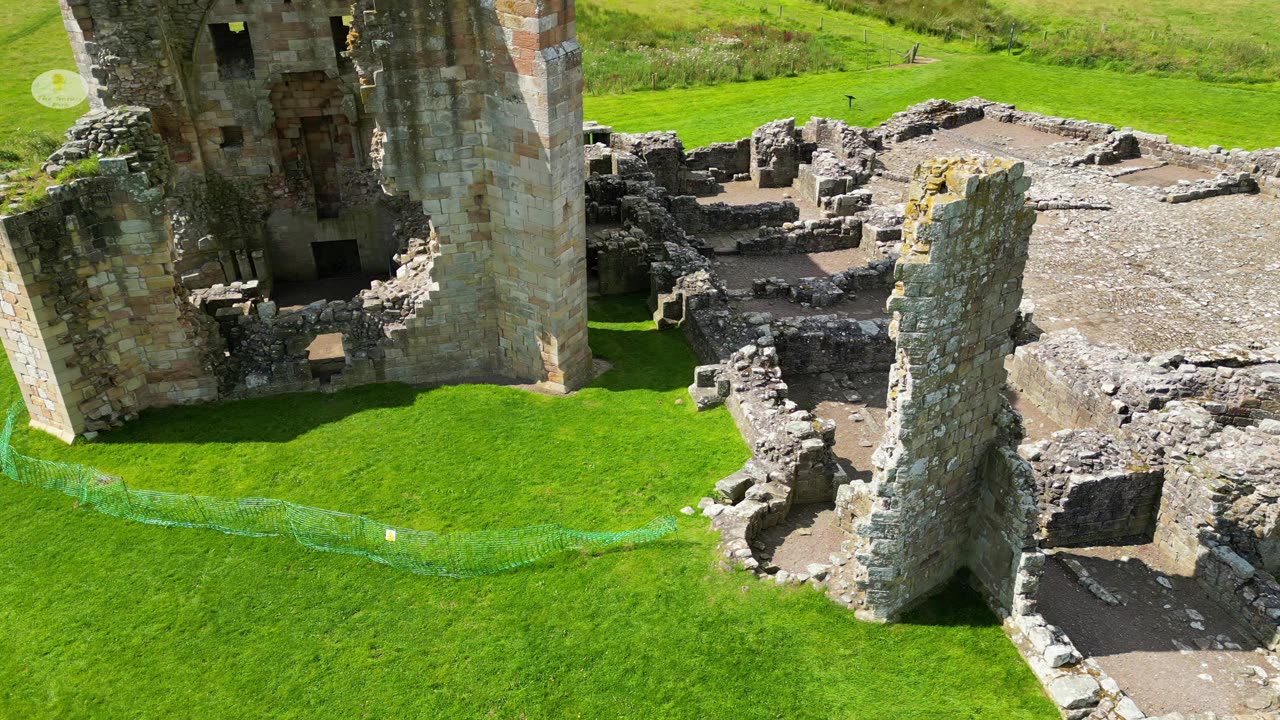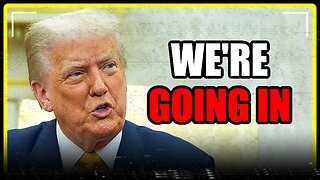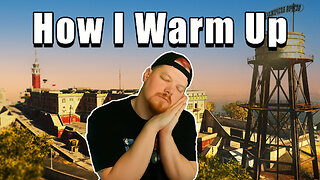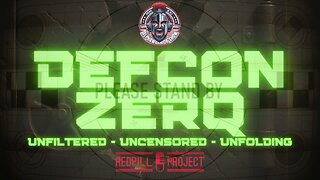Premium Only Content

Edlingham castle, viaduct and Church
As always please watch in the highest resolution your device can handle.
EDLINGHAM RAILWAY VIADUCT
is located under half a mile north-east of Edlingham in Northumberland, and close to Edlingham Castle. It was built in c.1885 for the North Eastern Railway Company, as part of the former Alnwick to Coldstream (Cornhill) railway, which opened in 1887. Passenger services on the line were discontinued in 1930, although it was briefly in use during the Second World War, to serve RAF Milfield. The line continued to be used for freight, until finally closing in 1965. The track across the viaduct has been removed. Edlingham Railway Viaduct is Grade II listed on the National Heritage List for England.
CORBY'S LETCH
Is a wonderful little multi-level waterfall found under a bridge near Edlingham.
The day i visited the water wasn't flowing fast but its still a magical little find :)
EDLINGHAM CASTLE
The riverside ruins of a manor house progressively fortified against the Scots during the 14th century.
Edlingham, with its remarkable leaning tower, was recently voted one of the top three castles in Northumberland. This mighty Northumbrian fortress crowns the hilltop above the River Coquet, and was once home to the powerful Percy family.
ST JOHN THE BAPTIST CHURCH
Set in a lovely valley next to the ruins of 13th-century Edlingham Castle, stands the small Saxon church of St John the Baptist. The earliest church in this beautiful rural setting may date to around 740 AD.
The first stone church dates to about 1050, and fragments of this late Saxon building can be seen in the lintel of a door in the west wall of the nave.
Much of the remainder is 12th century, though the tower is likely an early 14th-century addition. The tower was almost certainly used for defence - this being Northumberland raids from Scotland were a constant threat. Look for the narrow slit windows which could be used by archers.
The church may also have been used to imprison moss troopers, as the door can be secured from the outside (moss troopers were mid-17th century Scottish brigands, often disbanded soldiers, who attacked Parliamentary troops and civilians alike, and raided livestock near the Scottish borders and in the Highlands).
Within the church is the tomb of Sir William de Felton, who built the first castle at Edlingham around 1296. There is an obvious arched recess in the south wall, bearing the arms of Felton. This niche is thought to have been intended to hold the effigy of Sir William Felton, who died in 1358.
Also inside the church is a fragment of a sculptured cross, believed to be 8th century, which might mean it was associated with the original wooden church on this site.
There is an unusual late 11th-century south porch with a barrel vault, and the chancel arch is also Norman work. The north aisle arcade is 12th century, and the nave pillars feature scalloped capitals with nail-head decoration.
Nowadays there is little enough at Edlingham beyond the church, the ruined castle, and a few farm buildings. Why was a church established in such a place? And why the castle? The answer is that Edlingham was not always so peaceful as it is today.
In the 8th century, Edlingham was one of four royal villages given by King Coelwulf to St Cuthbert. At that time the village boasted a population of about 600, which is rather hard to imagine when you see how peaceful it is today.
I hope you enjoy this visit and the beautiful scenery, please don't forget to "like and subscribe" Thank you :)
-
 13:55
13:55
itsSeanDaniel
2 days agoWOKE Nutjob Liberal Finally Proved JUST HOW DUMB She Really is
1054 -
 8:01
8:01
MattMorseTV
10 hours ago $5.58 earnedHe's ACTUALLY doing it...
49.8K54 -
 15:04
15:04
GritsGG
14 hours agoHow the Rank 1 Player Warms Up on Warzone Before Stream!
3.53K -
 1:54:43
1:54:43
Side Scrollers Podcast
18 hours agoVoice Actor ROASTED For Racist Double Standard + Influencer FELONY After Con Threat | Side Scrollers
26.1K7 -
 11:03
11:03
The Pascal Show
18 hours ago $0.66 earned'THAT BABY IS GONE!' Neighbors Break Silence On Emmanuel Haro Case... Wildlife Took Remains?!
4.41K -
 LIVE
LIVE
Lofi Girl
2 years agoSynthwave Radio 🌌 - beats to chill/game to
305 watching -
 2:54:09
2:54:09
Badlands Media
15 hours agoDEFCON ZERQ Ep. 007: Flynn, Q Signals, and the Venezuela Strike
116K58 -
 2:29:05
2:29:05
FreshandFit
6 hours agoOwen Shroyer leaves Alex Jones But Here's the Truth!
23.2K19 -
 2:04:10
2:04:10
Inverted World Live
11 hours agoJapanese Memory Eraser | Ep. 101
105K19 -
 2:42:52
2:42:52
TimcastIRL
9 hours agoTrump To Deploy National Guard To Chicago, Baltimore, Democrats Call To Resist | Timcast IRL
229K101